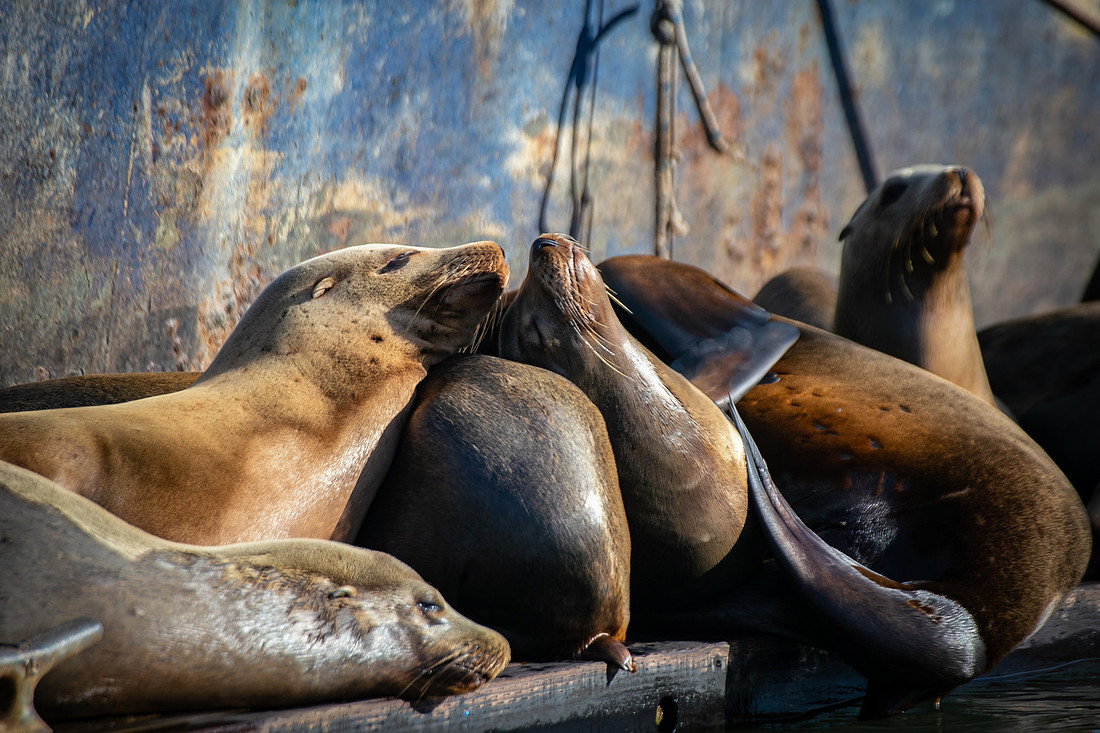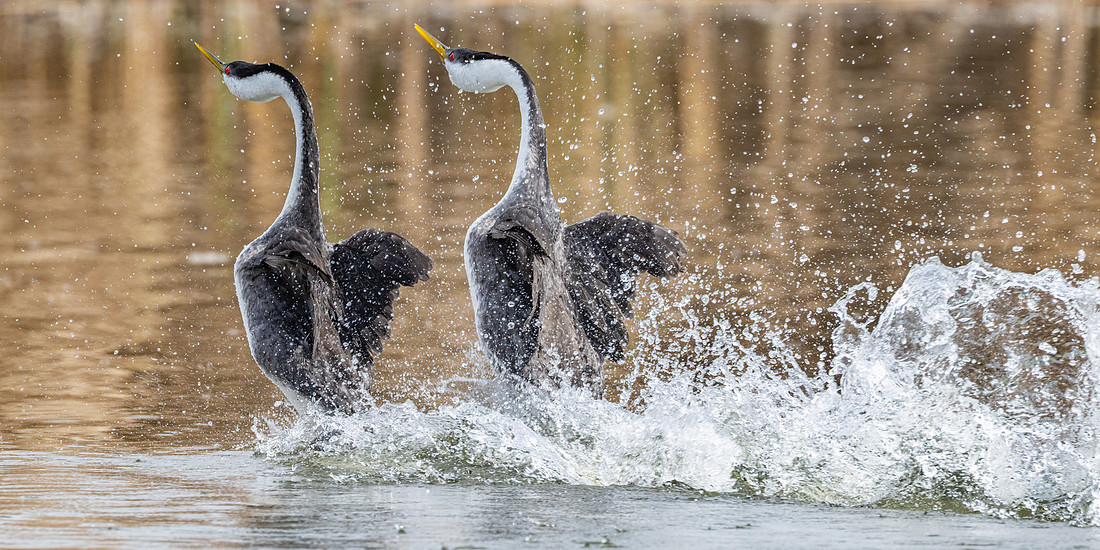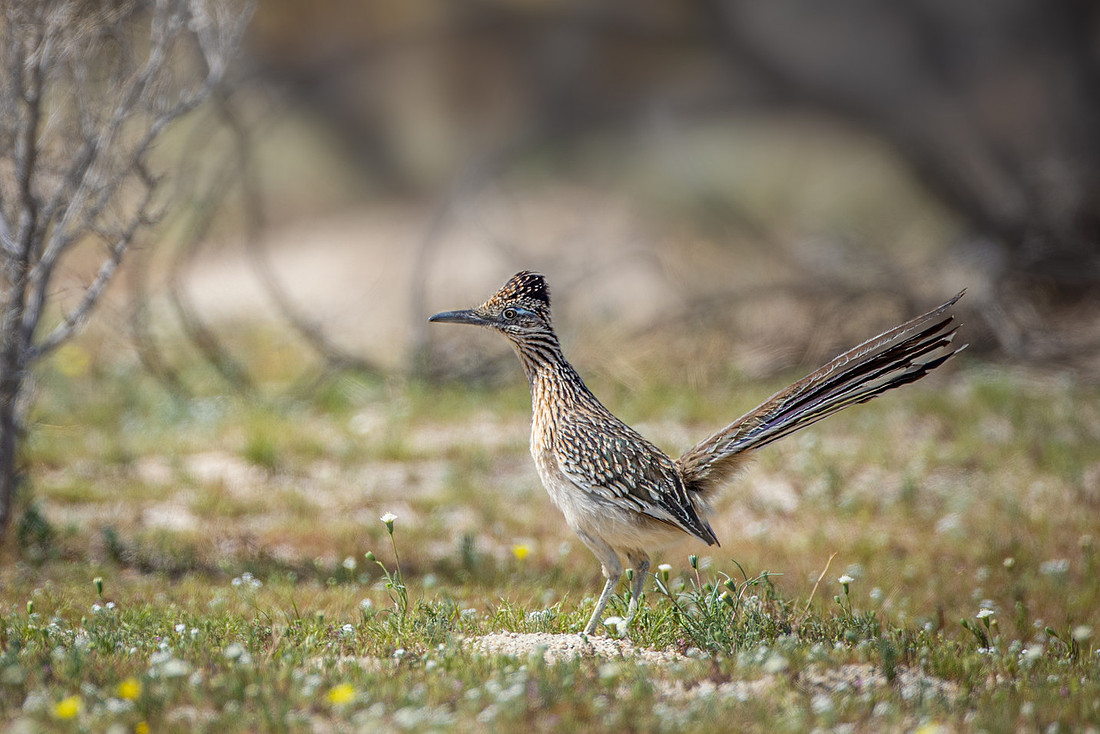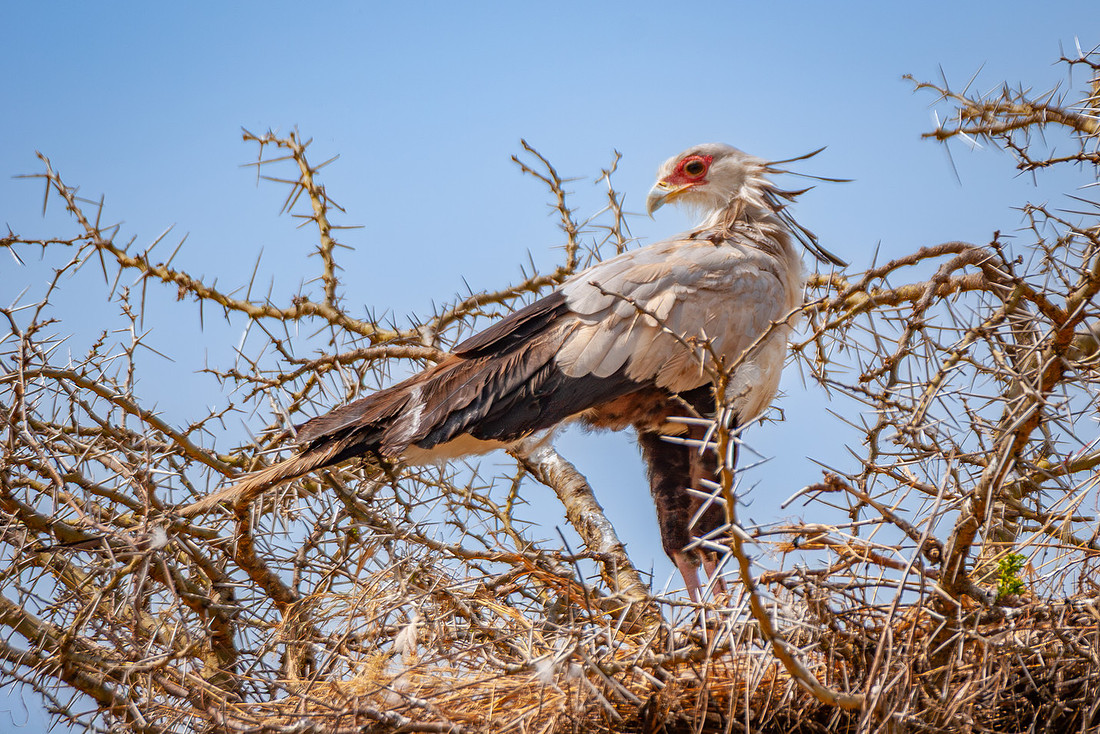Wildlife Speed Shifts
Speed Shifts: 5 Species That Move Differently by Land, Water, or Air
Text and photos by Heather Cline
Nature doesn’t play by human rules. Some animals are built for speed—but only in the right environment. In this post, we’ll explore five fascinating species whose movement defies expectations. Whether gliding through water or sprinting across land, these creatures challenge our assumptions and offer unique opportunities for wildlife photography.
Sea Lion: Aquatic Acrobat, Clumsy on Land
Speed Profile:
- Water: Up to 25 mph
- Land: Slow and awkward, relying on flipper-hops
Fun Fact:
Sea lions use their powerful front flippers to "fly" underwater, making them one of the most agile marine mammals. On land, they look comically sluggish—but don’t be fooled, they can still move quickly when threatened.
Photography Tips:
- Best shots: Capture their sleek movement underwater or playful surf entries.
- Where: Coastal haul-outs, piers, and rocky beaches.
- Gear: Use a fast shutter speed and polarizing filter to cut glare when shooting near water.
 
|
Grebe: Water Dancer, Land Lagger
Speed Profile:
- Water: Agile swimmers, often diving to escape predators
- Land: Barely mobile—legs are set far back, making walking difficult
Fun Fact:
Grebes perform elaborate courtship dances, including synchronized swimming and “rushing” across the water surface side by side.
Photography Tip:
- Best shots: Focus on water-level compositions during breeding season for dramatic courtship displays.
- Where: Freshwater lakes and marshes.
- Gear: Long lens (300mm+), and patience—grebes often dive and reappear unpredictably.
 
|
Roadrunner: Ground Rocket, Flight Flop
Speed Profile:
- Land: Up to 20 mph
- Air: Rarely flies, and only short distances
Fun Fact:
Roadrunners are part of the cuckoo family and are known for hunting rattlesnakes. They use teamwork and speed to outmaneuver venomous prey.
Photography Tip:
- Best shots: Capture them mid-stride or during a hunt.
- Where: Arid scrublands and deserts of the Southwest.
- Gear: Use burst mode to freeze motion and track with continuous autofocus.
 
|
Secretary Bird: Striding Predator, Reluctant Flyer
Speed Profile:
- Land: Walks up to 20 miles a day hunting
- Air: Flies only when necessary
Fun Fact:
This bird stomps its prey—often snakes—with incredible force. Its long legs and crest feathers give it a regal, almost mythical appearance.
Photography Tip:
- Best shots: Showcase its stride and hunting behavior.
- Where: African savannahs and grasslands.
- Gear: Wide-angle lens for habitat context, or telephoto for close-ups of behavior.
 
|
Hippopotamus: Land Charger, Water Floater
Speed Profile:
- Land: Can run up to 19 mph
- Water: Moves slowly, mostly walking along riverbeds
Fun Fact:
Despite their aquatic lifestyle, hippos don’t swim—they bounce along the bottom. They’re also one of Africa’s most dangerous animals due to their territorial nature.
Photography Tip:
- Best shots: Early morning or golden hour when they emerge from water.
- Where: Rivers and lakes in sub-Saharan Africa.
- Gear: Telephoto lens and safe distance—hippos are unpredictable.
 
|
From desert trails to coastal waters, these five species remind us that speed is relative—and deeply tied to habitat and adaptation.